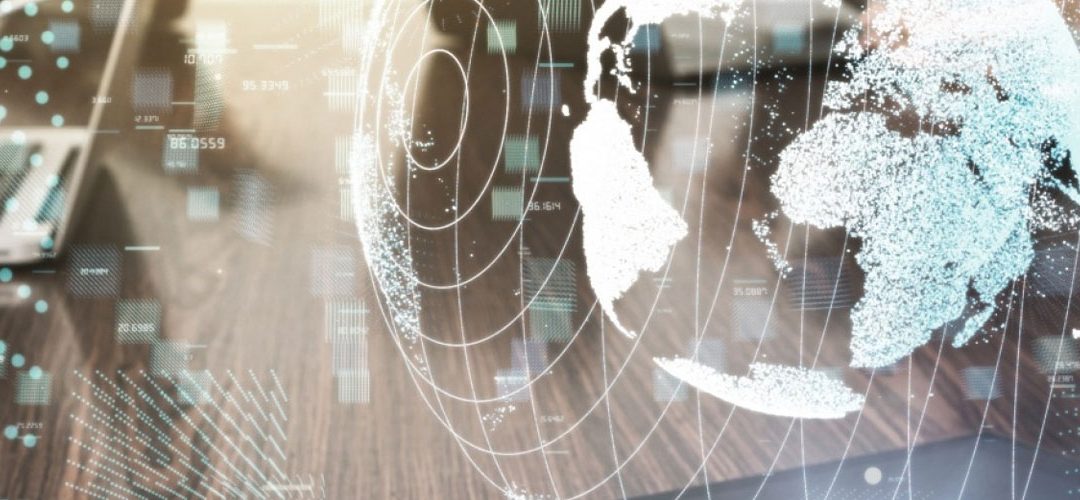
Holography – The Future of Communication
Communication has always been an integral part of human connection. This ability essentially defines our nature as a social species. We spend on average at least 12 to 15 hours daily on communication. Communication is basically a two-way process where traditionally, one person is the sender and they transmit a message to another person – the receiver, who sends a response to acknowledge receipt of the message. Success in any field has effective communication as a critical component.
Telecommunications has made it easy for people around the world to communicate with relative ease, but the current channels also have some disadvantages. For example, with text messaging or email you cannot recognize the emotion behind the words, whilst voice calling does not allow you to see a person’s facial expression. This presents a challenge as a considerable proportion of human communication is non-verbal – about 93% in total, with body language accounting for 55%, and tone of voice for 38%.
Although technologies such as video calling such as Skype and FaceTime have made it possible for people to communicate much like they would face to face from anywhere around the world, these technologies themselves have some flaws. Have you ever been on a video call and the connection just cuts out? The image of the person on the other end was pixelated, or you couldn’t hear what they were saying? These are some of the setbacks of the current technology available in the present-day market.
As humans innovate and technology evolves, we will find even more ways to communicate that suit our needs. Holography is just one of the technologies in which experiments are currently being done. This technology a photographic technique that records the light scattered from an object, and then presents it in a way that appears three-dimensional. Numerous variations of holograms have been created over the years. These include transmission holograms, which allow light to be shone through them and the image to be viewed from the side. There are also rainbow holograms which are used for security purposes – on credit cards and driver’s licenses.
The technology is still in its early stages, but Microsoft has already created a “Star Wars” style holographic communication solution. The term that is used is HoloPortation. The advantage of HoloPortation is that when you have the person in the room with you, in 3D, you can see their facial expressions and body language. When you have a call the other person will be in front of you, rather than appearing on a flat laptop/TV screen.
If you are having a meeting, for example, remote members could appear in the same room when they are really in different parts of the world. A riveting example of this is shown in Marvel’s “Avengers” and “Iron Man” movies. The lab sequences in “Iron Man” show Tony Stark, the industrialist and genius inventor, using futuristic seamless, responsive interfaces that are gestural, holographic, and tangible.
When the possibilities are imagined, it stands to reason that this kind of technology could impact the entire world in a myriad of meaningful ways. For instance, the world’s best doctors could appear in a operating theatre with a less experienced surgeon, and talk him through a surgery in real life. Great teachers from around the world could educate pupils in less fortunate schools by being there in real life, without physically being there.
Although this is already happening, it is in the early stages. The tech currently in test-phase use is clunky, requiring a ton of hardware and by extension, a massive amount of computing power. It’s also expensive, so it still has a long way to go before it can be released in a consumer-friendly version. But the continual development of this technology will be an interesting journey, and the eventual outcome should be very impressive. In fact, the technology itself is not too far off in its development, so it won’t take much more time for it to become a reality. As of the beginning of 2016, the developer edition of HoloLens, a self-contained, holographic computer that enables the user to engage with digital content and interact with holograms, was already set for shipping and to be made available to the public.
As this technology evolves and becomes more refined, HoloPortation could lend its capabilities to a host of business and mainstream life applications. It is the next step communication tool – providing an interactive, real-time, full experience that could fundamentally change the future of communication.










